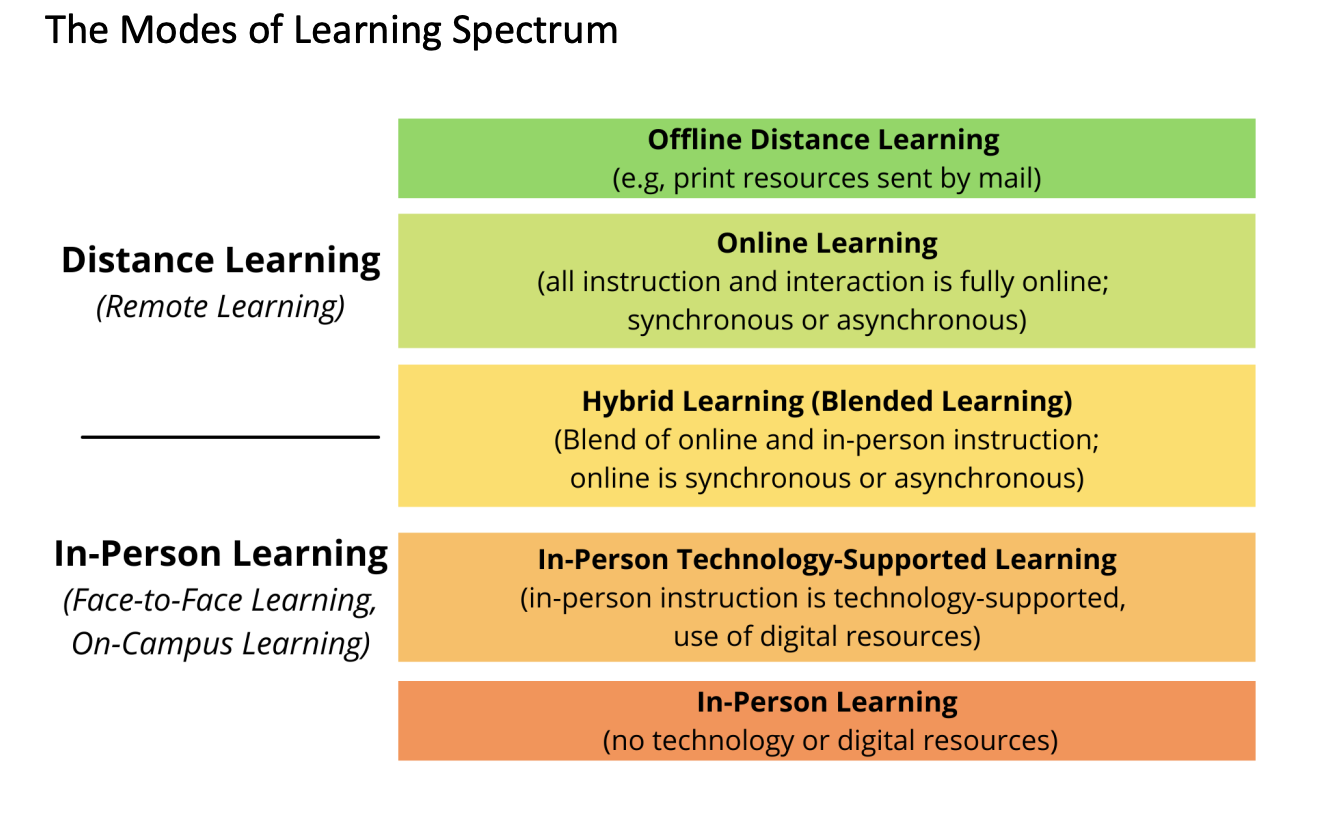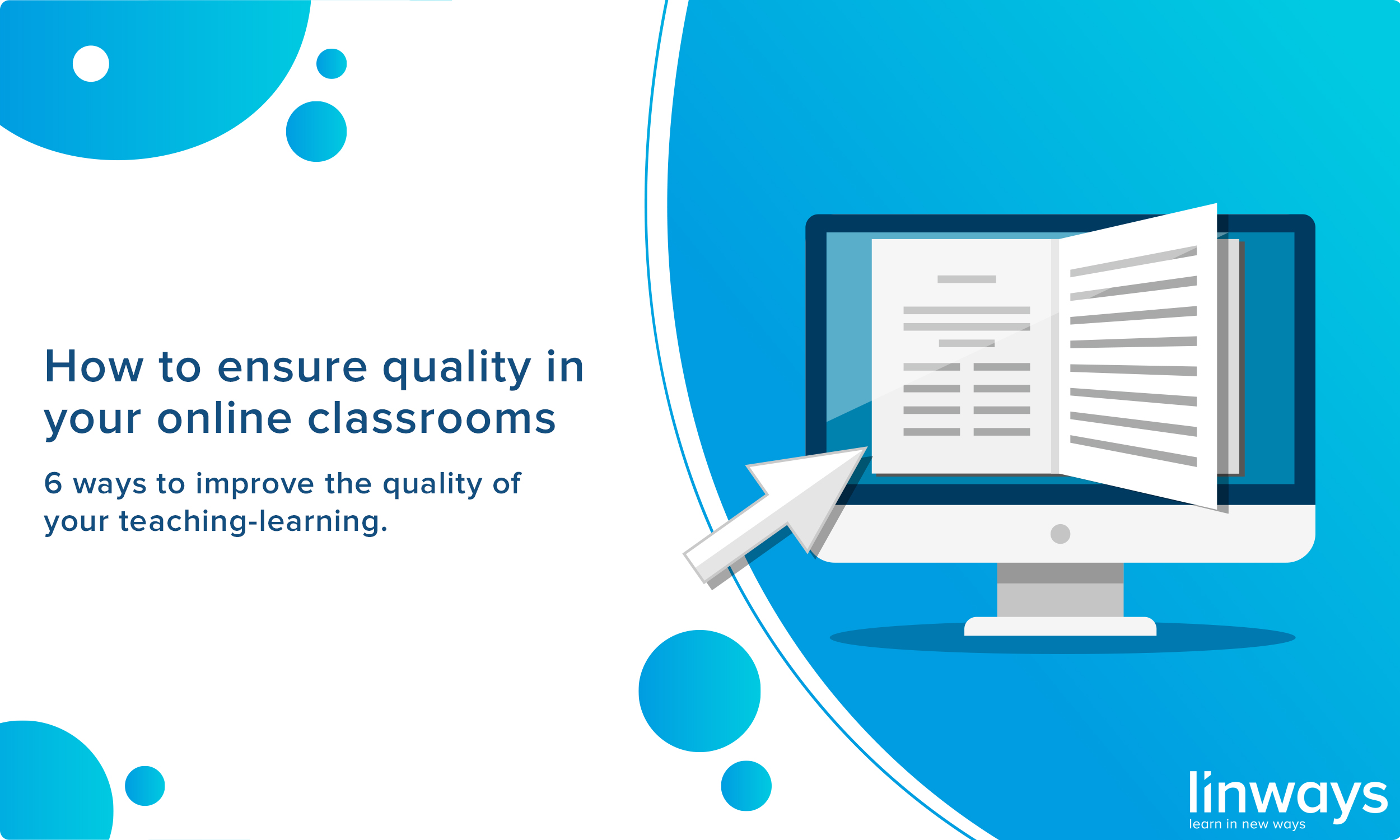The Quality of Online Learning: Key Elements You Need to Know
Online learning has become an essential part of the education landscape, especially in recent years. With the rapid growth of online education platforms, understanding what constitutes quality online learning is more important than ever. In this article, we will explore the various factors that contribute to the quality of online education, what challenges educators and students face, and how these challenges can be addressed to improve learning outcomes.

What is Quality Online Learning?
Quality online learning refers to the effectiveness, accessibility, and engagement level of a course or program delivered over the internet. It focuses on the delivery of content, the interaction between students and instructors, and the outcomes of the learning experience. Key elements of quality online learning include:
-
Clear learning objectives: Online courses must have clear, measurable objectives that guide the learning process.
-
Interactive content: Engaging content such as videos, quizzes, and discussion forums encourages active participation.
-
Regular assessments and feedback: To ensure students are mastering the material, continuous assessment and timely feedback are essential.
For a course to be considered truly high-quality, it must align with these principles and cater to the diverse learning needs of all students.
Key Elements of Quality Online Learning
1. Student Engagement and Interaction
Engagement is the cornerstone of any learning experience, especially in online education. In traditional classrooms, student-teacher and peer-to-peer interactions are natural. However, in an online setting, fostering meaningful engagement requires additional strategies.
-
Discussion forums: These allow students to discuss topics, share ideas, and ask questions, creating a more interactive learning environment.
-
Collaborative projects: Group activities and peer reviews can enhance the sense of community.
-
Live sessions: Real-time interactions through webinars or live Q&A sessions can create a more personal connection.
An engaged student is more likely to retain information and feel motivated to complete the course.
2. Content Accessibility and Flexibility
One of the greatest advantages of online learning is its accessibility. However, quality online learning ensures that content is easily accessible to students with various learning styles and needs. This can be achieved by:
-
Providing multi-format content: Texts, videos, podcasts, and infographics can cater to visual, auditory, and kinesthetic learners.
-
Ensuring mobile compatibility: As students access content through various devices, it is crucial for courses to be mobile-friendly.
-
ADA compliance: Ensuring content is accessible to students with disabilities is not only ethical but also legally required in many regions.
Offering flexible learning schedules is another important factor. Students should be able to learn at their own pace, whether that means taking a course over a few weeks or several months.

3. Effective Use of Technology
Technology plays a vital role in enhancing online learning. Interactive tools such as quizzes, virtual classrooms, and simulations engage students and make learning more immersive. Additionally, online learning platforms like Moodle, Canvas, and Google Classroom allow educators to organize and present content effectively.
In addition to tools for content delivery, it’s essential to use technologies for communication, such as:
-
Instant messaging and emails for quick communication between students and instructors.
-
Discussion forums for group interaction and knowledge sharing.
-
Video conferencing tools like Zoom for face-to-face lectures or office hours.
Technology must be intuitive and user-friendly, ensuring that both students and instructors can navigate it with ease.
4. Regular Assessment and Feedback
Continuous assessment is a crucial aspect of quality online learning. Rather than relying solely on final exams, instructors should incorporate formative assessments throughout the course. These could include:
-
Quizzes and tests: Short, regular quizzes help reinforce learning.
-
Assignments and projects: These allow students to demonstrate their understanding in practical ways.
-
Peer assessments: Encouraging students to review each other’s work fosters a deeper understanding of the material.
Additionally, providing timely feedback on assignments and assessments is key to keeping students on track and helping them improve. Feedback should be constructive, actionable, and encourage a growth mindset.
5. Instructor Expertise and Support
A key factor in the success of any online learning program is the instructor’s expertise. Instructors should not only have subject matter knowledge but also be adept at using online teaching tools effectively. Moreover, they should be able to provide personalized support to students.
-
Office hours and one-on-one sessions: Offering regular opportunities for students to connect with instructors is essential for those who need extra help.
-
Clear communication: Instructors must set clear expectations and be available to answer questions in a timely manner.
A passionate, experienced educator who is dedicated to student success will enhance the overall quality of the course and motivate students to engage fully.

Common Challenges in Online Learning
While the benefits of online learning are clear, several challenges can impact its quality. These include:
1. Technological Barriers
Students may face issues with internet access, outdated devices, or insufficient technical skills, which can hinder their learning experience. To mitigate this, institutions can:
-
Provide technical support.
-
Offer training on using online platforms.
-
Ensure that learning materials are optimized for low-bandwidth connections.
2. Lack of Motivation and Discipline
Online learning requires a higher level of self-motivation, as students are not physically present in a classroom. To help combat this, instructors can:
-
Use gamification techniques to make learning more engaging.
-
Create clear, structured timelines with deadlines to keep students on track.
-
Foster a sense of community among students through regular interaction.
3. Isolation and Lack of Social Interaction
One downside of online learning is the potential for students to feel isolated. To overcome this, courses should incorporate peer collaboration, group discussions, and interactive activities to encourage social interaction among students.
How to Improve the Quality of Online Learning
Improving the quality of online learning involves adopting best practices, utilizing the right tools, and continuously assessing the effectiveness of the course. Here are some strategies to enhance online learning experiences:
-
Use multimedia content: Visual aids, interactive simulations, and podcasts can make learning more engaging and cater to diverse learning styles.
-
Encourage peer-to-peer learning: Group projects, study sessions, and peer feedback can create a collaborative learning environment.
-
Offer flexible learning paths: Allow students to choose from various course formats and schedules that suit their individual needs.
-
Incorporate industry-relevant content: Ensure that the course material is up-to-date and reflects the latest trends and developments in the field.
By continuously evolving and refining online learning practices, educational institutions can ensure their programs provide the best possible experience for students.
FAQs about Online Learning Quality
Q1: How can I tell if an online course is of good quality?
Look for clear learning objectives, interactive content, consistent assessments, and active communication between instructors and students. Student reviews and feedback are also valuable indicators.
Q2: What technology do I need for a quality online learning experience?
You’ll need a reliable internet connection, a computer or smartphone, and access to online learning platforms like Moodle, Canvas, or Zoom. Additionally, ensure that the platform is user-friendly.
Q3: How do online courses compare to in-person learning in terms of quality?
While both have their advantages, quality online learning offers flexibility, access to diverse content, and interactive features that enhance engagement. However, the key to success is choosing a course with strong support and engagement strategies.
Conclusion
In conclusion, quality online learning hinges on clear objectives, engaging content, interactive tools, and strong instructor support. Overcoming challenges such as technological barriers and isolation is crucial for creating an effective online learning environment. By focusing on these key elements, both students and educators can ensure a rewarding and impactful online education experience.




